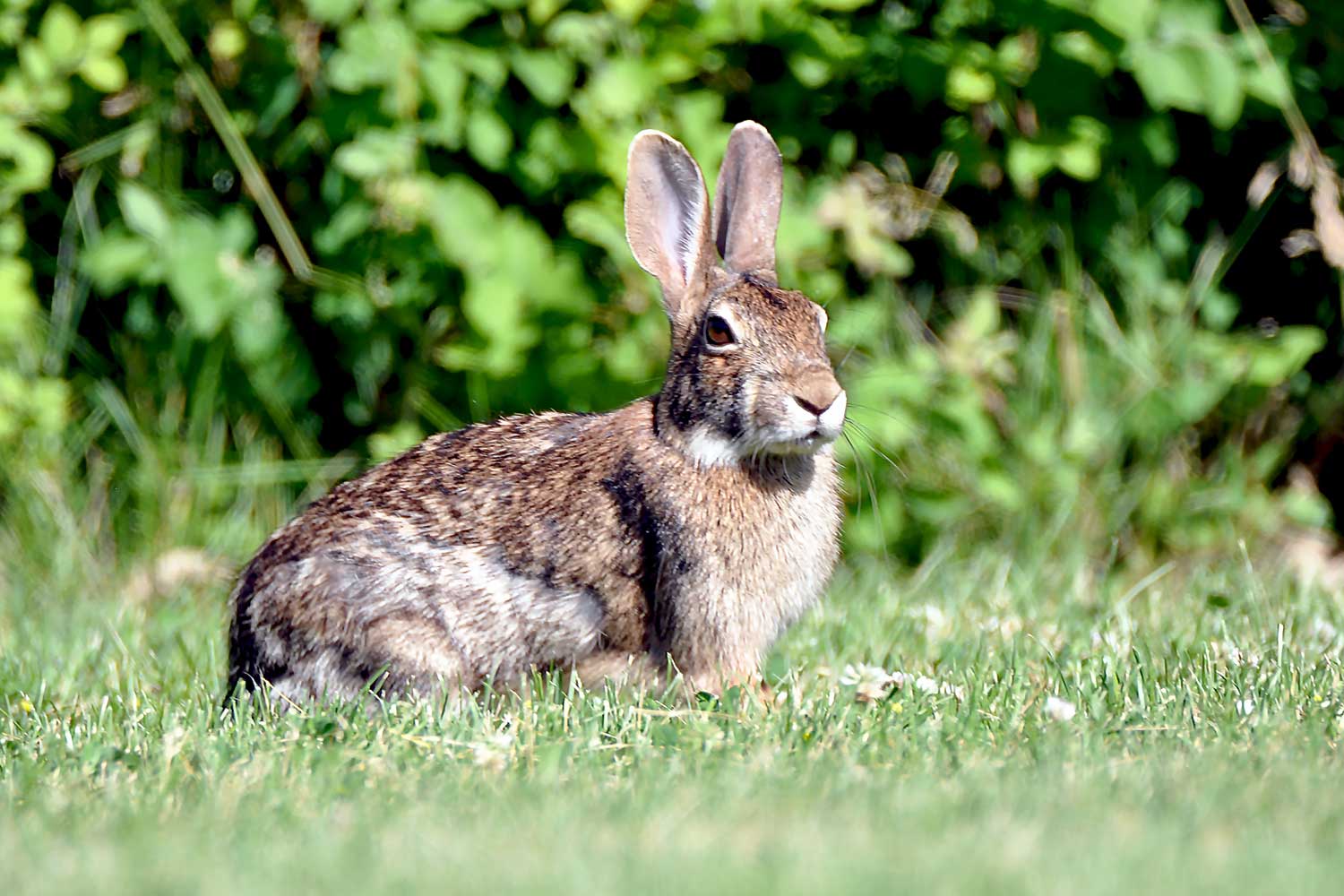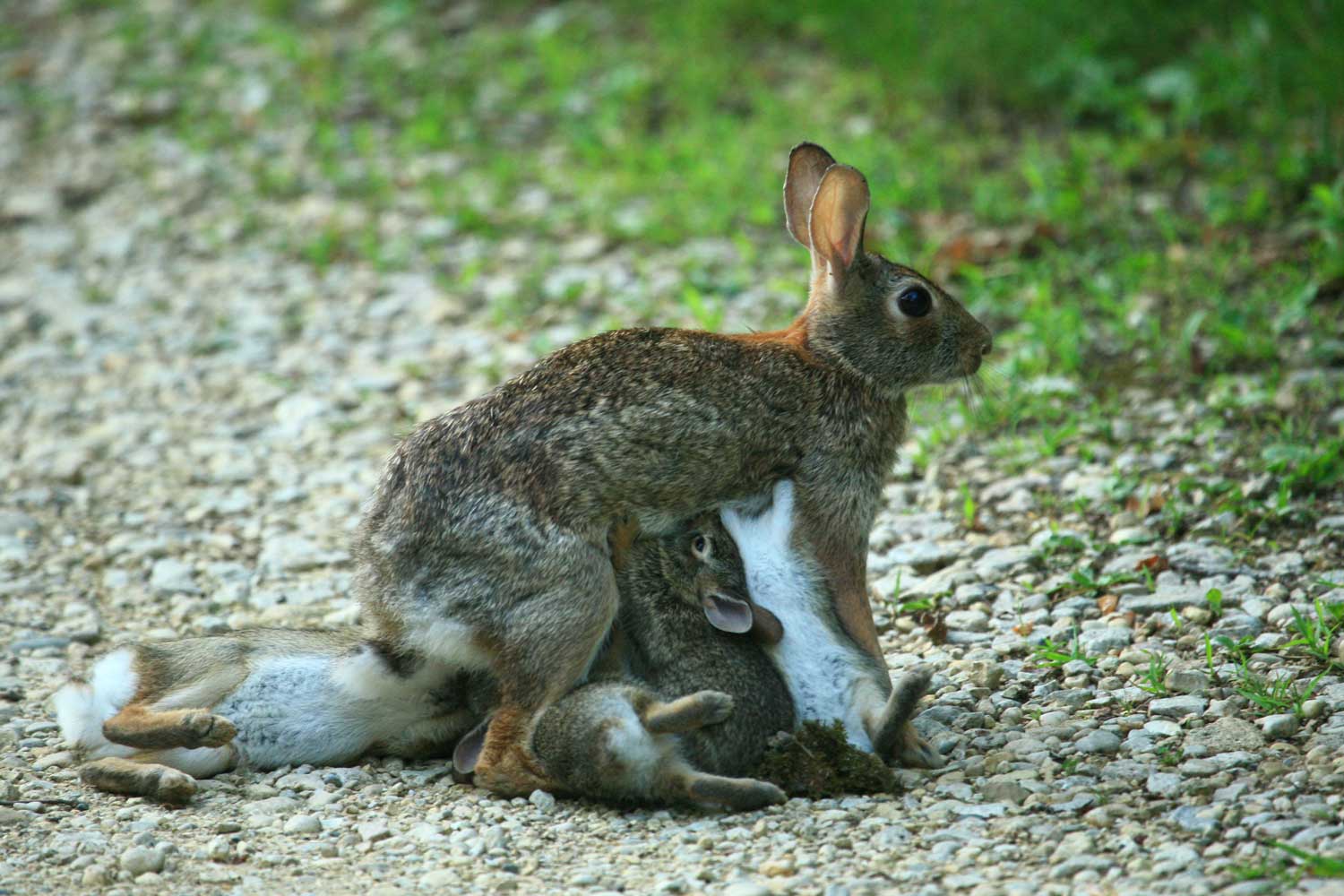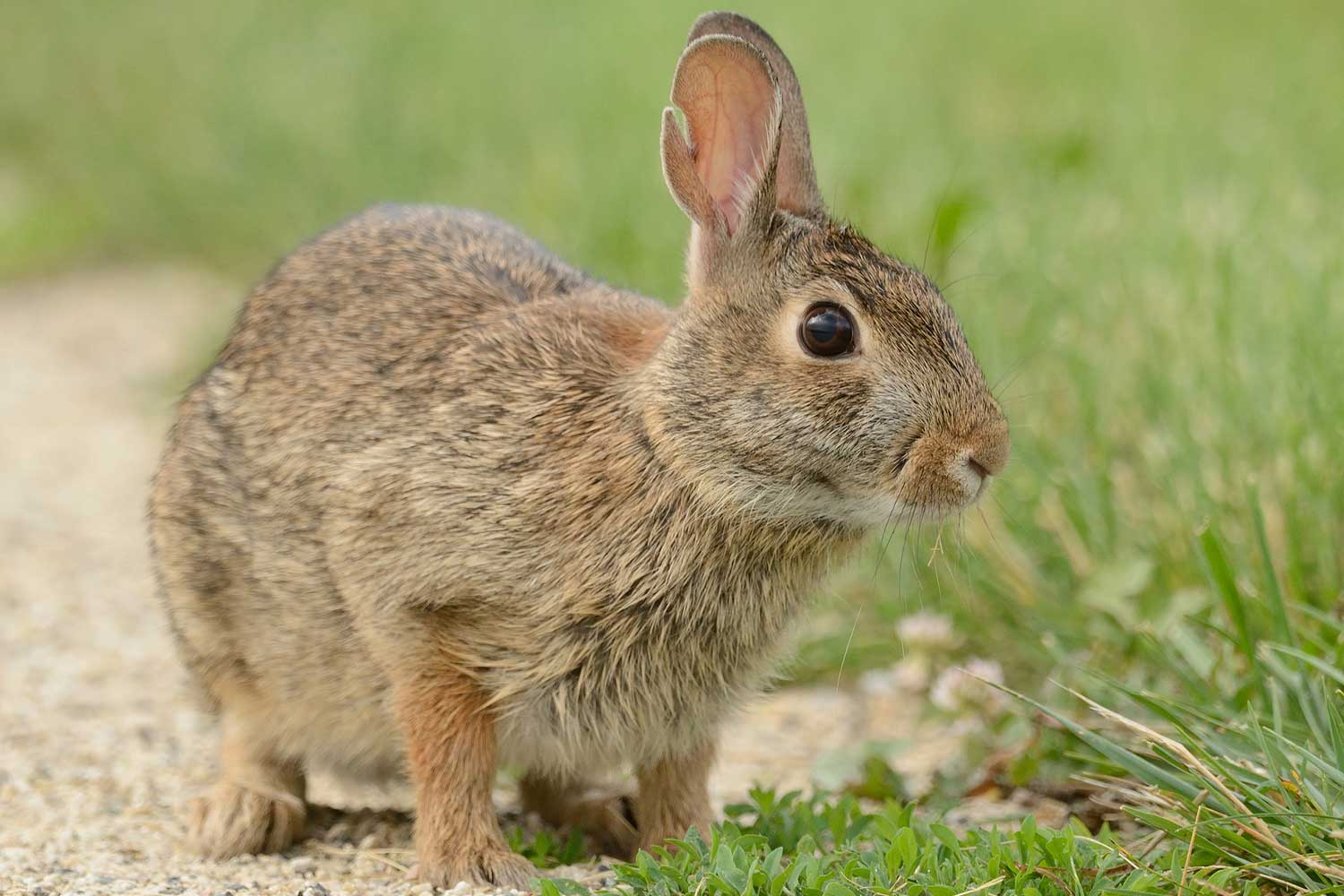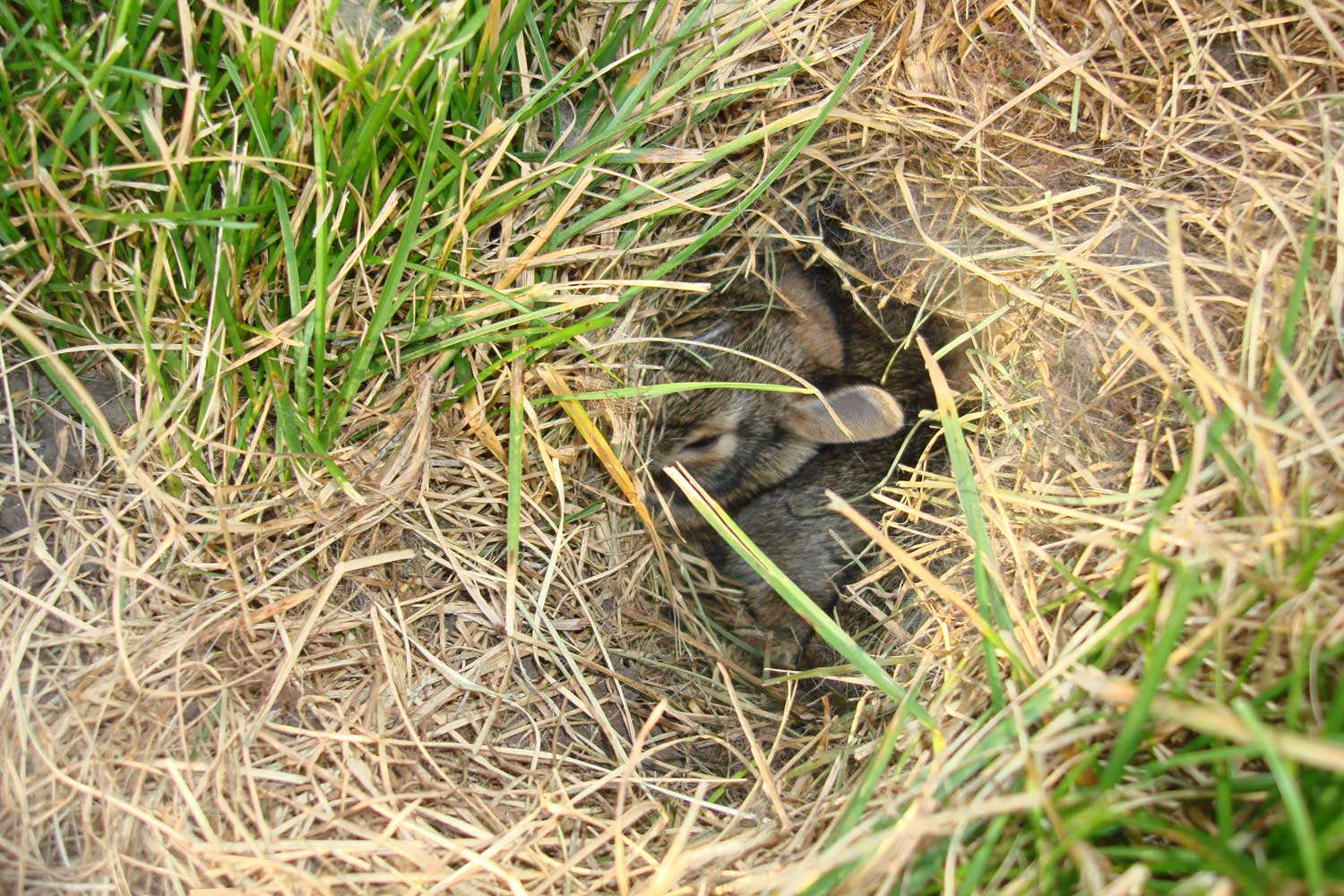Breeding like rabbits? What does that mean anyway?
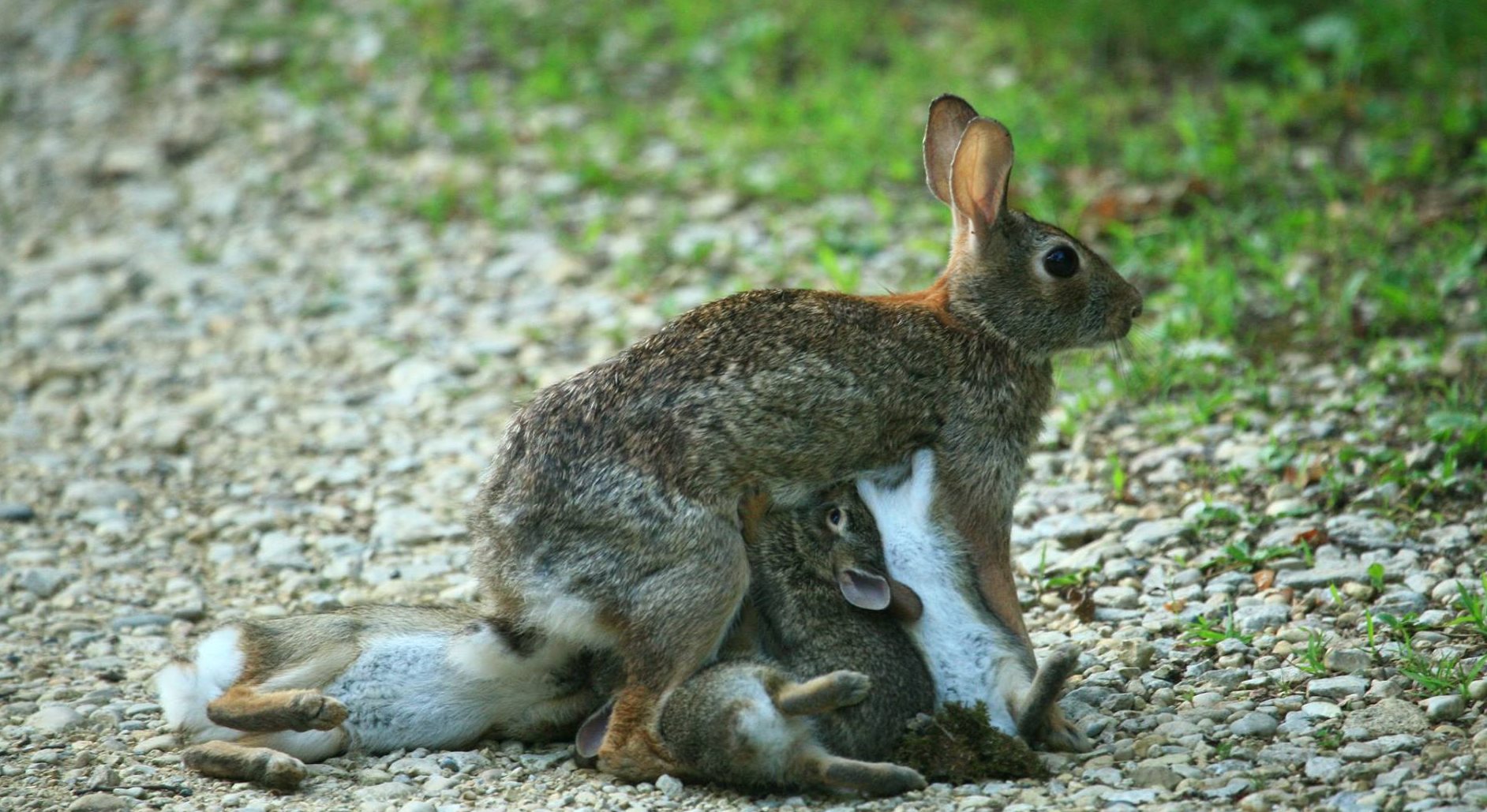
Rabbits are noted for their prolific breeding ability, but the popular phrase "breeding like rabbits" isn't quite the whole story. Many animals bear a lot of offspring, so what makes rabbits so special?
A few factors make the eastern cottontail rabbit — and rabbits in general — notable in the breeding department. To start with, cottontail rabbits are able to begin breeding at a very young age, as young as 2 months to 3 months old, according to the Animal Diversity Web. Rabbits also have a short gestation period, between 25 and 28 days, which means they can have several litters of babies each year.
Eastern cottontail rabbits can have between one and seven litters each year, and they average three or four litters annually, Animal Diversity Web reports. Each litter can contain between one and 12 babies, with the average being five. And female rabbits can get pregnant again almost immediately after giving birth. When you consider that the babies of each litter can begin reproducing so soon after they are born, the math can quickly become overwhelming.
However, the potential for a surging rabbit population because of their prolific breeding is greater than what happens in actuality because of a few factors. Most notably, about 44 percent of cottontail rabbits die in their first month of life, according to the Missouri Department of Conservation. Only 20 percent to 25 percent live for a year after birth. That means many rabbits never produce offspring of their own.
One reason rabbits have become infamous for their ability to produce so many offspring may be because of a well-known math problem involving the Fibonacci sequence that dates back to 1202, according to Live Science. In a book on mathematics, mathematician Leonardo Pisano Bigollo, who later came to be known as Leonardo Fibonacci, posed a brain-teasing question along these lines: A male and a female rabbit are placed in an enclosed area. After a month, they mature and produce a litter with one male and one female. That pair then goes on to have another litter and so on. After a year, how many rabbits would you have?
The formula used to derive the answer is called the Fibonacci sequence, and the rabbit problem is well-known and still used in math texts today. The answer to the question posited by Fibonacci is 144 rabbits would be produced in one year based on the scenario presented, Live Science reports.
The math problem, though, is not based on the biology of rabbits. While Fibonacci's question does demonstrate some interesting principles about numbers and mathematical patterns, it isn't a true representation of how many rabbits one pair of rabbits can produce.
As with many things in nature, many variables affect a cottontail rabbit's reproduction and life cycle, which makes it impossible to determine exactly how many rabbits one mating pair can become responsible for in their lifetime and beyond. But when you consider that one female can birth three or four litters averaging five babies each, you can see that number gets big quickly when you take into account their offspring's offspring.
For that reason, an area's eastern cottontail rabbit population is nearly always on the verge of exploding, Pennsylvania State University reports. At any given time, the vast majority of the cottontail population is younger than 1 year old. If those rabbits live long enough to produce their own litters of offspring, the populations can quickly become very large very fast. The populations are kept in check by the rabbits' relatively short lifespan, which is typically less than three years.
